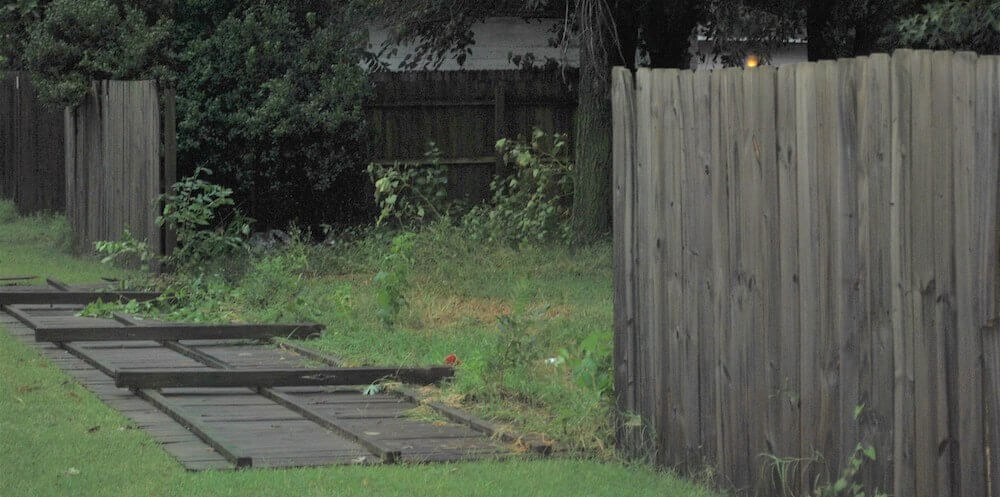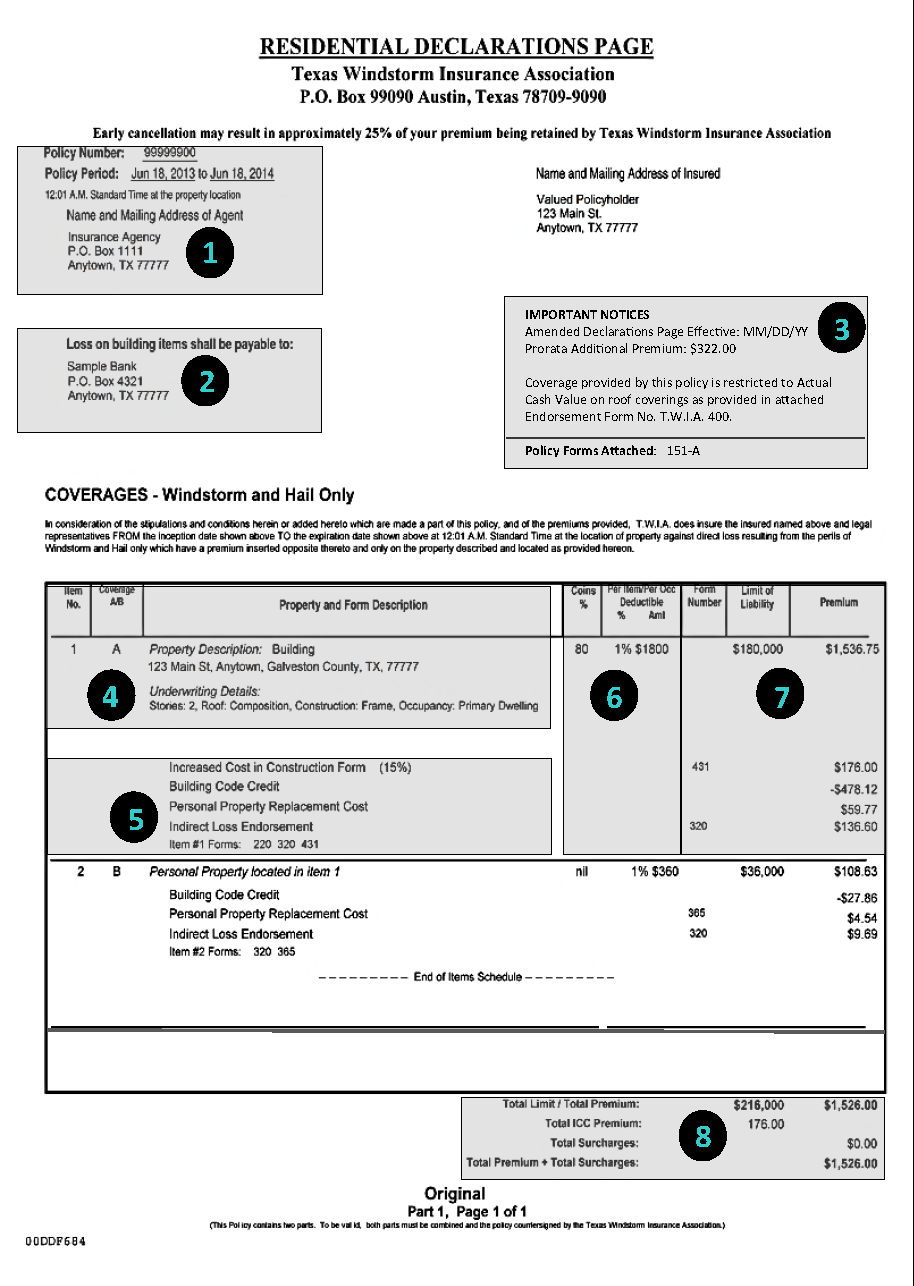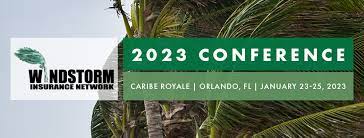If you’re wondering what is a windstorm, you’re not alone. There are several types of windstorms. Derechos, Downbursts, and severe thunderstorms all have different names. Here, you can learn more about each one and why they happen in your area. Then, you can determine which one will affect you the most. To keep you safe, remember to check the warnings for the area you’re in.
Derecho
The National Weather Service (NWS) does not issue derecho warnings, but it does issue severe thunderstorm warnings. A derecho is a windstorm that occurs as a result of a thunderstorm, but not all of them develop into derechos. There are ways to protect yourself and your property in the event of a derecho. The first step is to prepare yourself by taking proper safety measures.
For example, a derecho can cause damage to buildings, causing significant wind damage. It can also cause the “blowdown” of millions of trees. This windstorm hit Pennsylvania the worst in June, killing four people and leaving nearly a million people without power. Nevertheless, the impact is yet to be felt. However, the onset of the effects of derechos on crop yields will probably be delayed.
Downburst
A downburst in a windstorm occurs when strong winds, also known as downdrafts, sweep across the surface of a thunderstorm. These storms are typically smaller than tornadoes but can cause considerable damage. Depending on the wind speed and its location, a downburst may look like a tornado or be less severe. Below are some common types of downbursts.
A downburst in a windstorm can be the first of several windstorms. A downburst is an elongated squall of air that rises in temperature. The resulting gusty winds can reach 100 miles per hour. High winds are typically associated with the passage of a storm front. A downburst is defined as a low-pressure area with high wind speeds.
Derecho with severe thunderstorms
The derecho with severe thunderstorms can be described as a line of organized thunderstorms with damaging winds. The term derecho is derived from the Spanish word tornado. In the 1870s, Gustav Hinrichs examined tornadoes and identified straight-line winds as being more destructive than rotating tornadoes. Hinrichs also proposed the term derecho for these windstorms, which were not associated with tornadoes.
The Storm Prediction Center’s severe weather report database was searched for events that contained derechos and severe thunderstorms that affected the continental U.S. during 2004 and 2005. Hyperlink maps were created for each of the events, displaying their approximate path and containing links to additional information about each storm. The data base included final storm reports from the National Weather Service, but it excluded Hawaii and Alaska. Derechos with severe thunderstorms are considered to be severe weather conditions and should be taken seriously.



